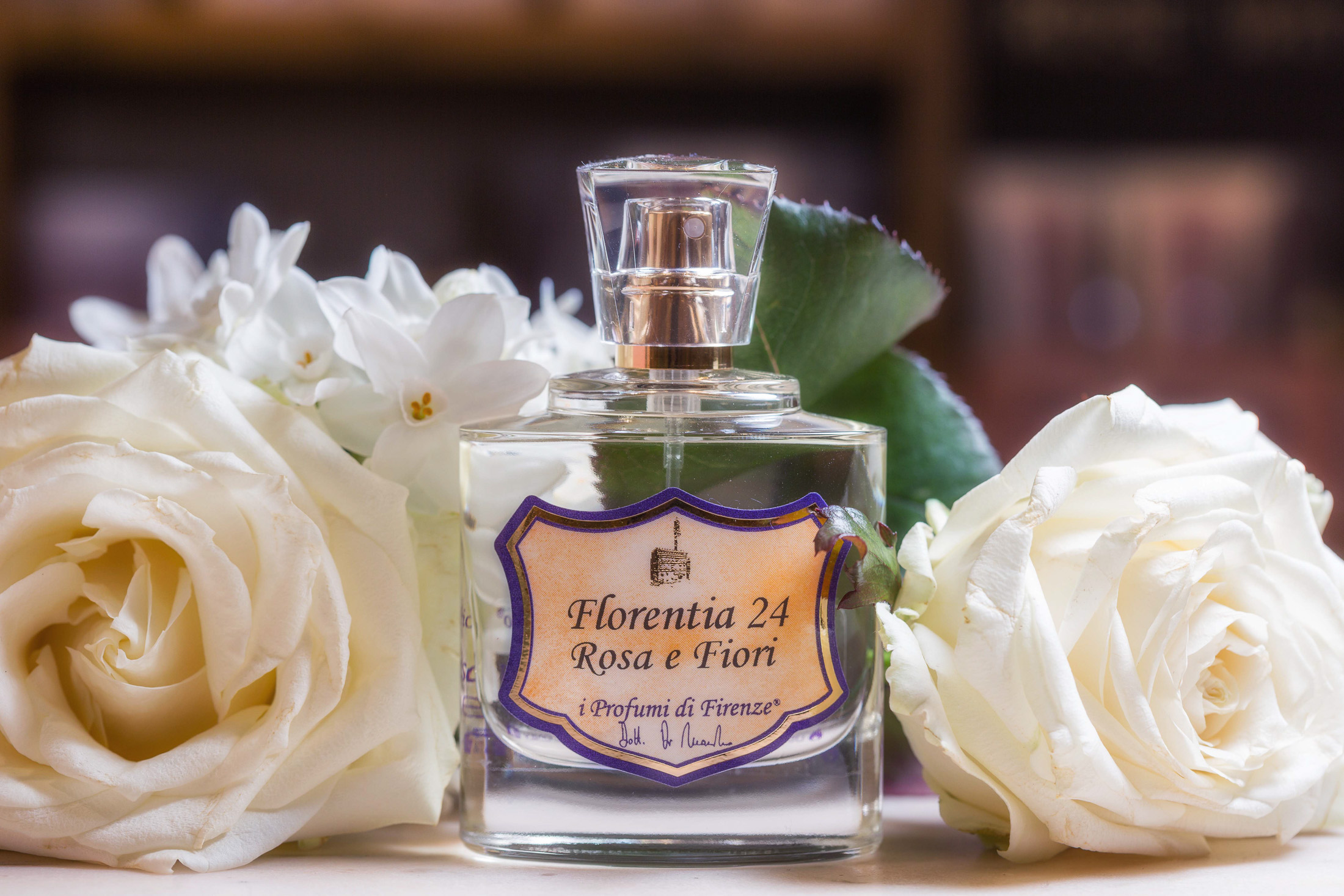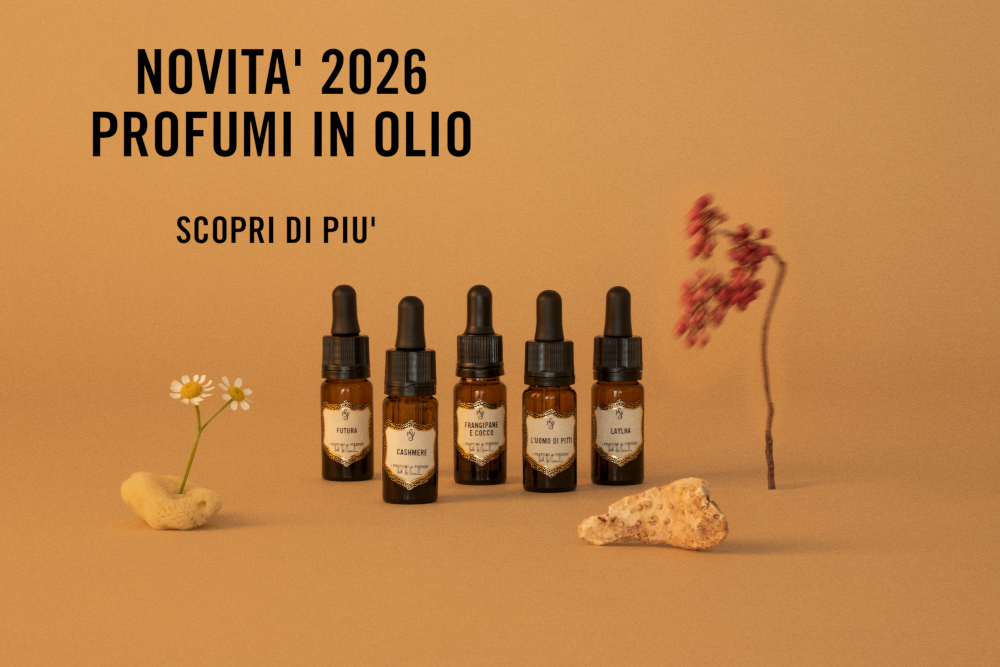Talc or Powdery? There is no difference, as these are three terms that describe the same facet of fragrance.
The cipriate facet emerged in the early 1900s thanks to Guerlain, who pioneered the trend of cipriate fragrances with a composition of bergamot, rose, jasmine, vanilla, tonka bean, and iris. The powdery note is so named because it evokes the powder of our grandmothers. In 1980, this facet was modernized with the addition of musky notes. Today, synthetic materials such as methylionon, which replicates the aroma of violet that cannot be extracted from flowers, heliotropine, and coumarin, which is an isolate of tonka bean, enrich this facet. Natural cipriate notes include violet leaves, carrot, broom, mimosa, and hay.
What comes to mind and heart when encountering a cipriate fragrance? Silky, precious, soft, noble, powdery, intimate.
My father created cipriate fragrances such as TALCO DELICATO, VIOLETTA DI BOSCO and LA VECCHIA SPEZIERIA. In recent years, I have created cipriate fragrances paired with another facet, such as woody for AMITA and citrus for ASLI.
TALCO DELICATO is our quintessential cipriate fragrance, composed of Sicilian Lemon, Coumarin, Sweet Woods, Honey, and Cream. This fragrance is a sweet childhood memory, the taste of limoncello, a captivating fragrance that exudes retro elegance and settles on the skin like a soft kiss on the neck. A drop of honey falls into the bottle, and Woods fall asleep on a bed of blooming violets, in the shade of a lemon tree. The violet, a symbol of simplicity and humility, often goes unnoticed, possessing not only a striking color but an even more magical scent. According to French legend, the face of a loved one can be seen in the petals of this flower. An enchantment straight out of a fairytale.
Francesca Di Massimo





